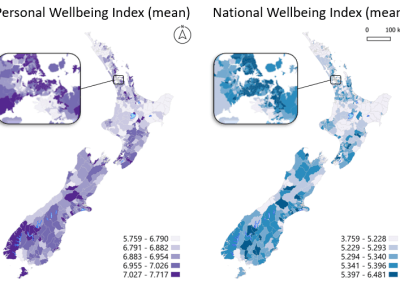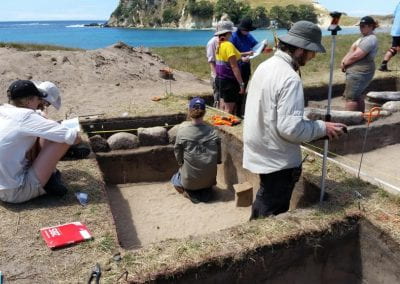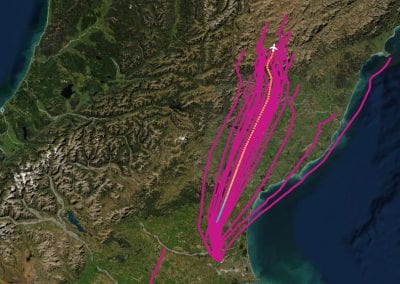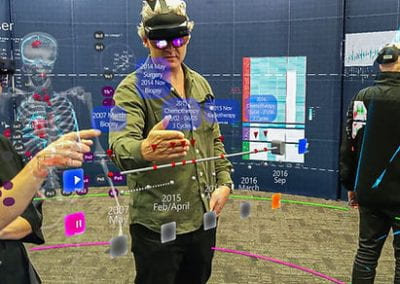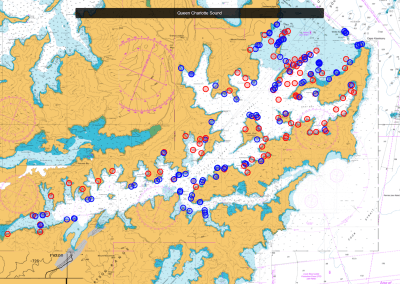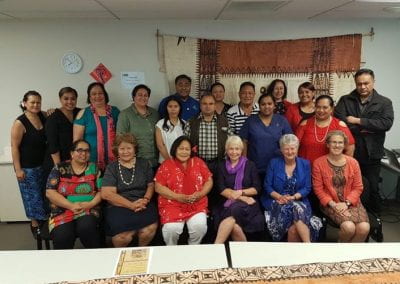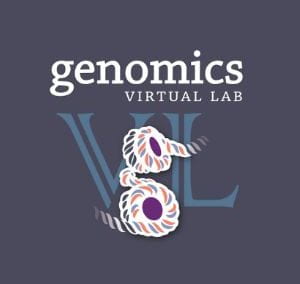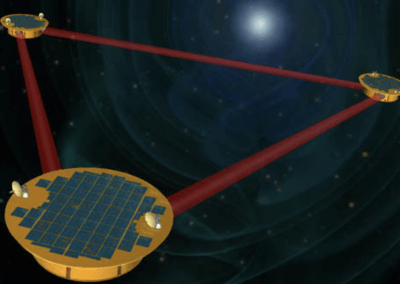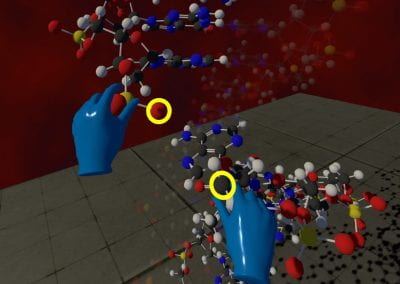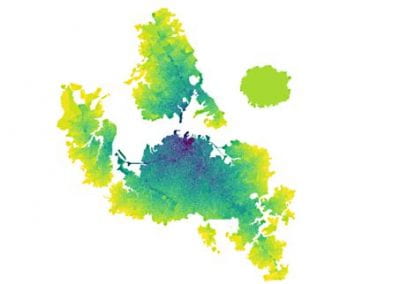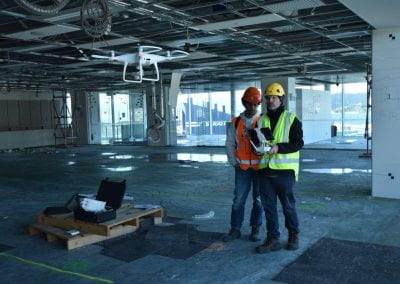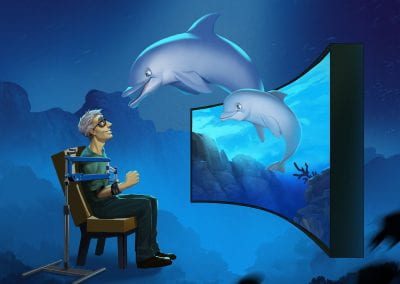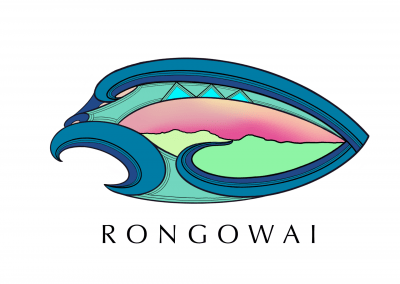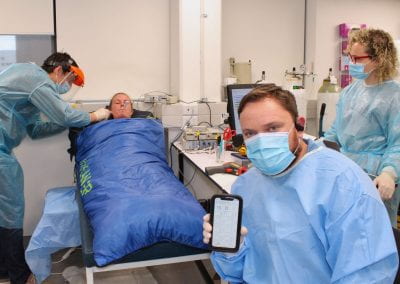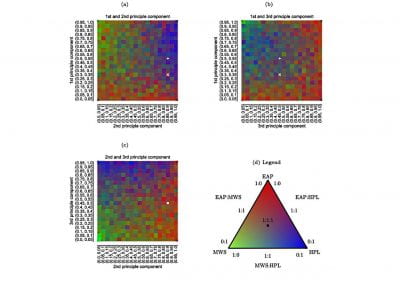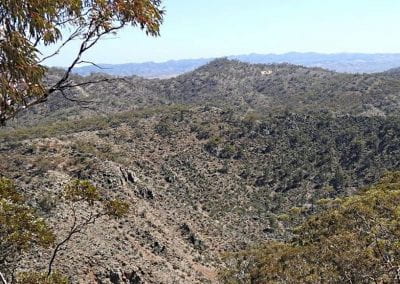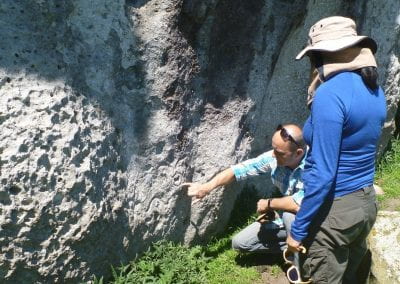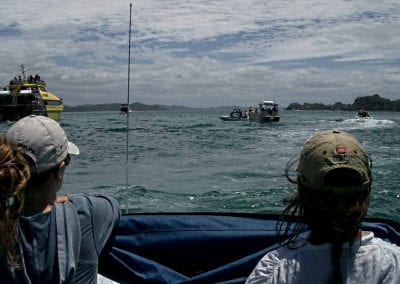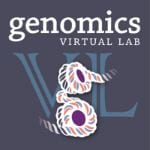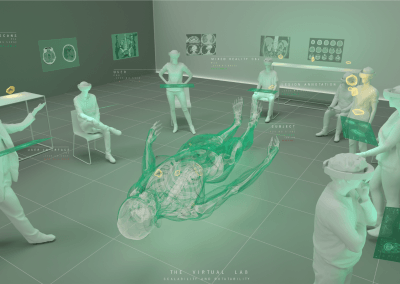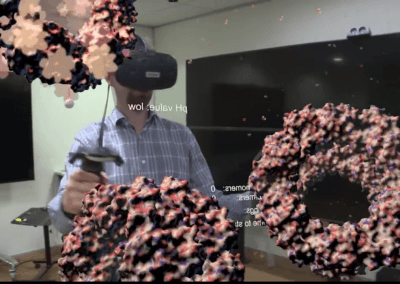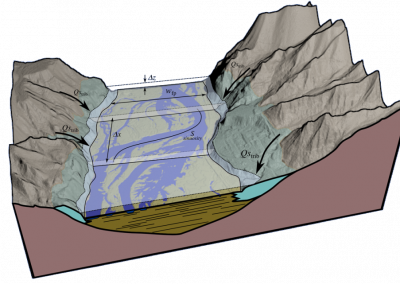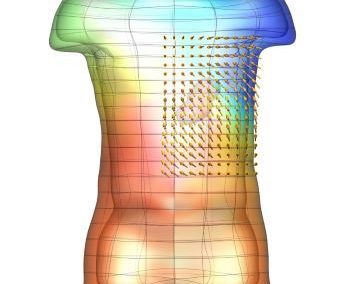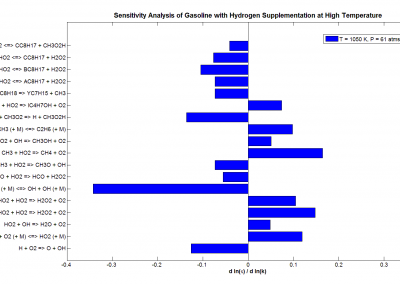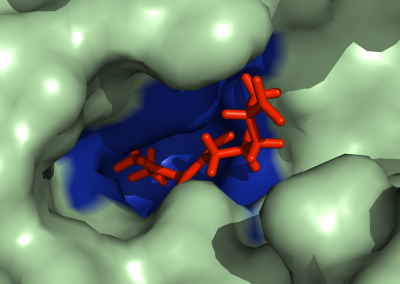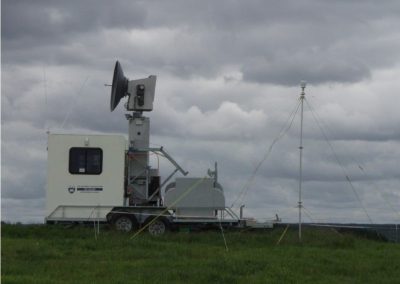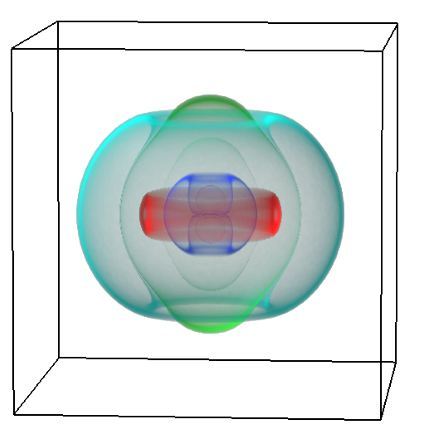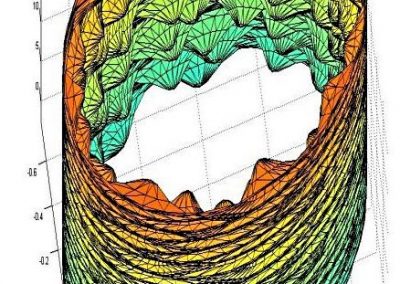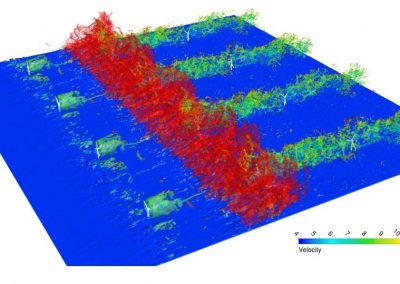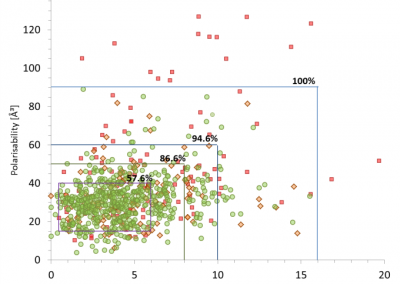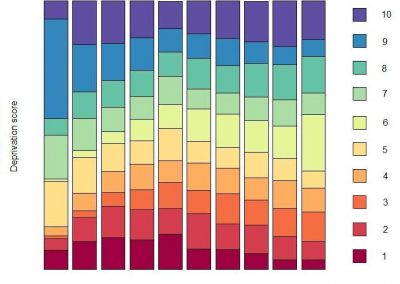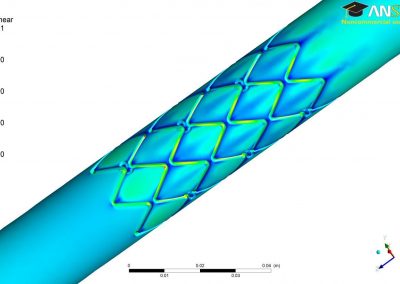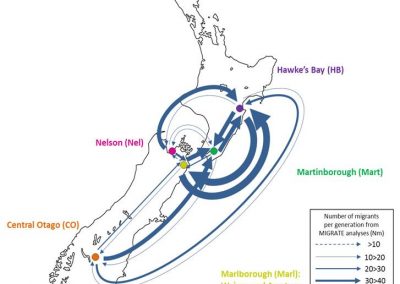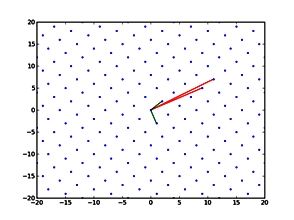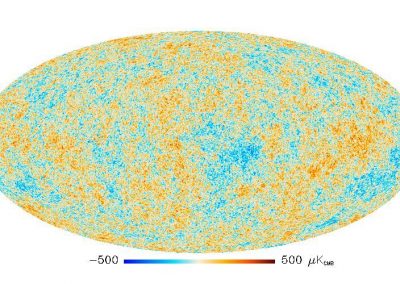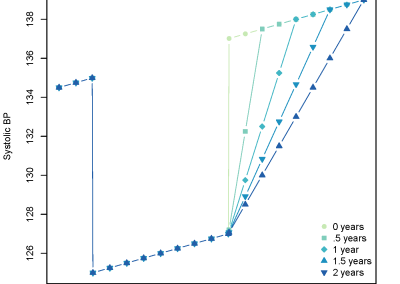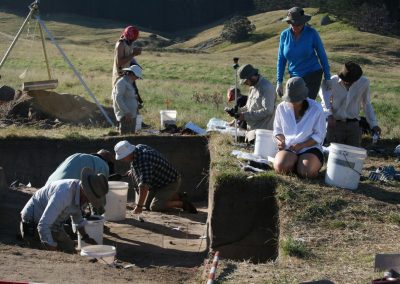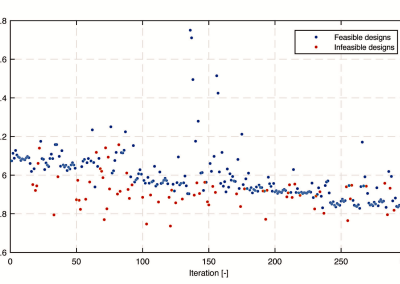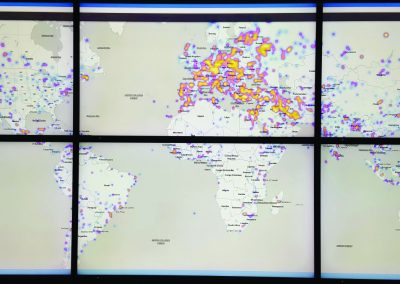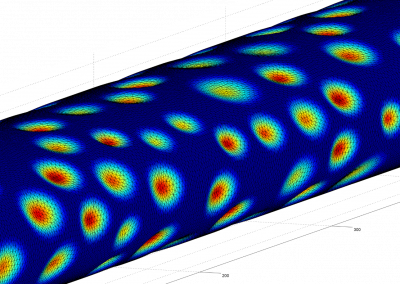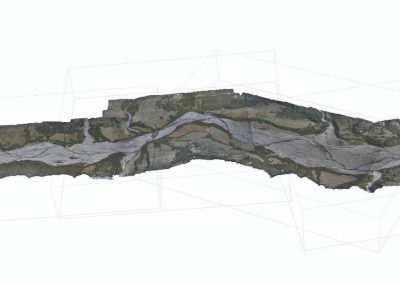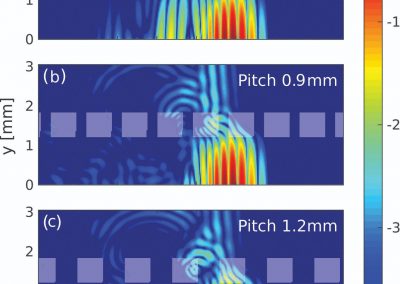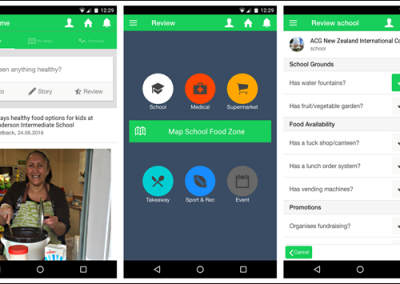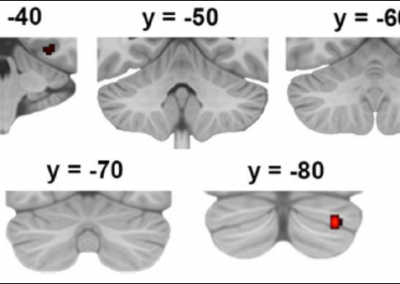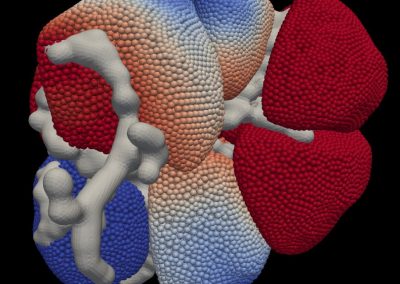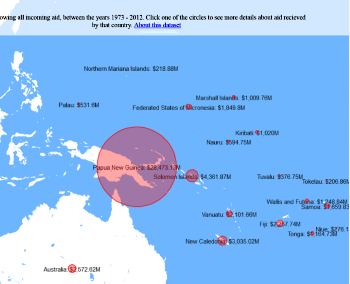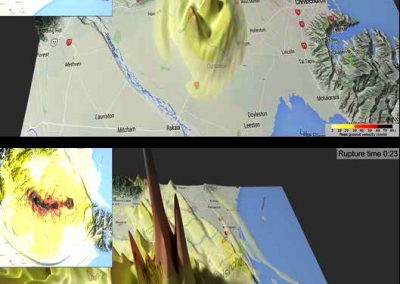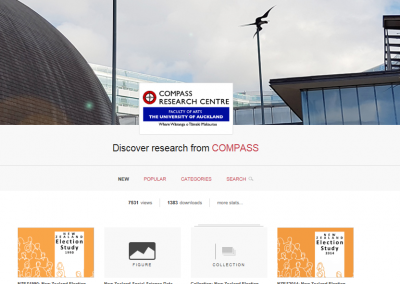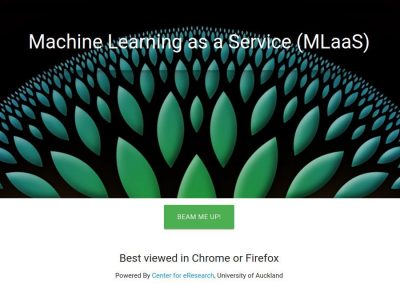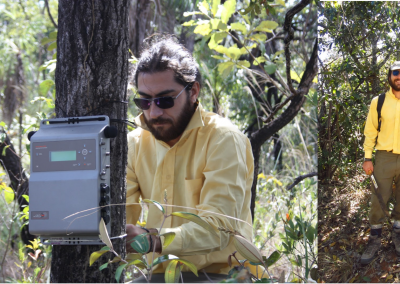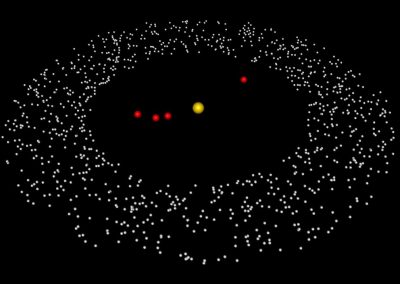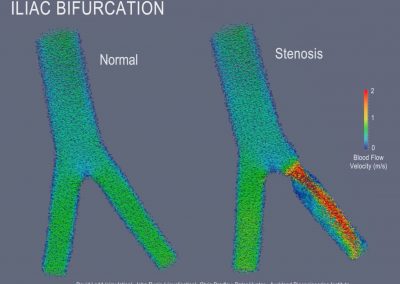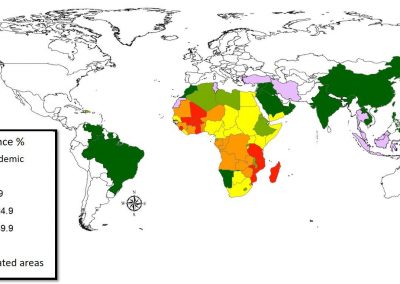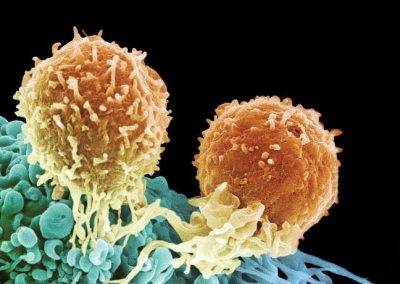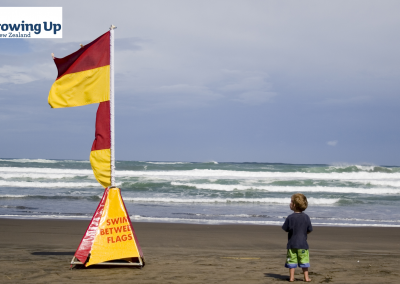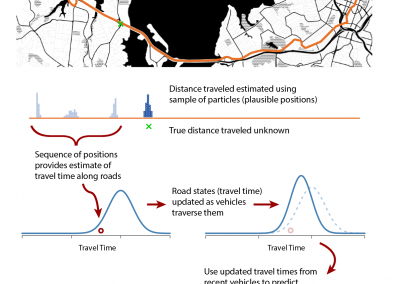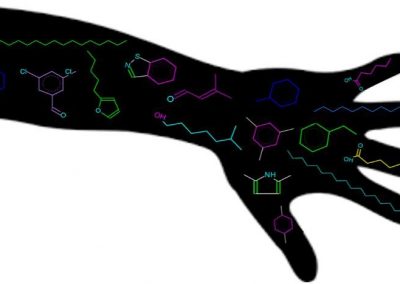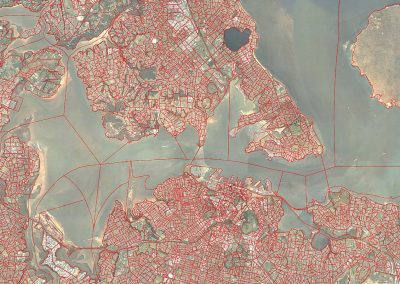
Development of an online Community Engagement Platform (CEP) to facilitate out-facing collaborative research
Yvette Wharton, Laura Armstrong, Centre for eResearch
Introduction
The Centre for eResearch – CeR, in exploring available online open-source Community Engagement Platforms – CEP, in order to support a virtual Community of Practice that expands reach and allows for collaboration, planning and dissemination of research outcomes.
CEP proposal
The proposal aims to empower communities by providing them accessible opportunities to learn about, and contribute to, the decisions that affect their daily lives. The platform will stimulate participatory interactions where dialogue between researchers and stakeholders can be facilitated in order to foster a deeper community engagement and lead to better results. The Original scope was to focus on a platform that can connect with the medical services providers across New Zealand. During the course of assessment, CeR has engaged with few other potential interested researchers in community engagement system. It has become clear that an enterprise solution with a shared system would be more efficient and sustainable for long-term growth, and avoid building a one-off short-term solution. Hence, CeR is developing a proposal of such a platform for the wider university, so that various community focused research groups can participate and share the resource. Our objectives for CEP are:
- provide an assessment report to the University,
- select and implement the most appropriate CEP to enable real time, meaningful connections with community stakeholders.
- The experience gained and lessons learned from this project can then be served to improve their own community engagement.

Approach
There is a plethora of open source tools supporting individual functionalities, such as surveys, polling, discussion forums, blogs, etc. However, none of them provide a comprehensive range of supports in a single platform as envisaged in CEP platform. There have been a series of discussions held with researchers and their stakeholders to determine key priorities of product requirements. CeR have also assessed and tested a dozen of these tools, and shortlisted several options. A number of “users’ stories formulation workshops” were conducted.
In order to meet the high-level requirements, we decided to pursue a pilot trial with the Engagement HQ – a robust online public engagement software that gets more people to participate in conversations – for a single project license. The tool can segment projects by topics, and/or stakeholder groups, with a range of feedback tools and access options to support the objectives of each project within a broader program of work. Representation across stakeholders can be setup and reviewed using the registration process. CeR is currently working with the University Solutions Architects and Connect on the possibility of providing this platform as a university-wide solution.
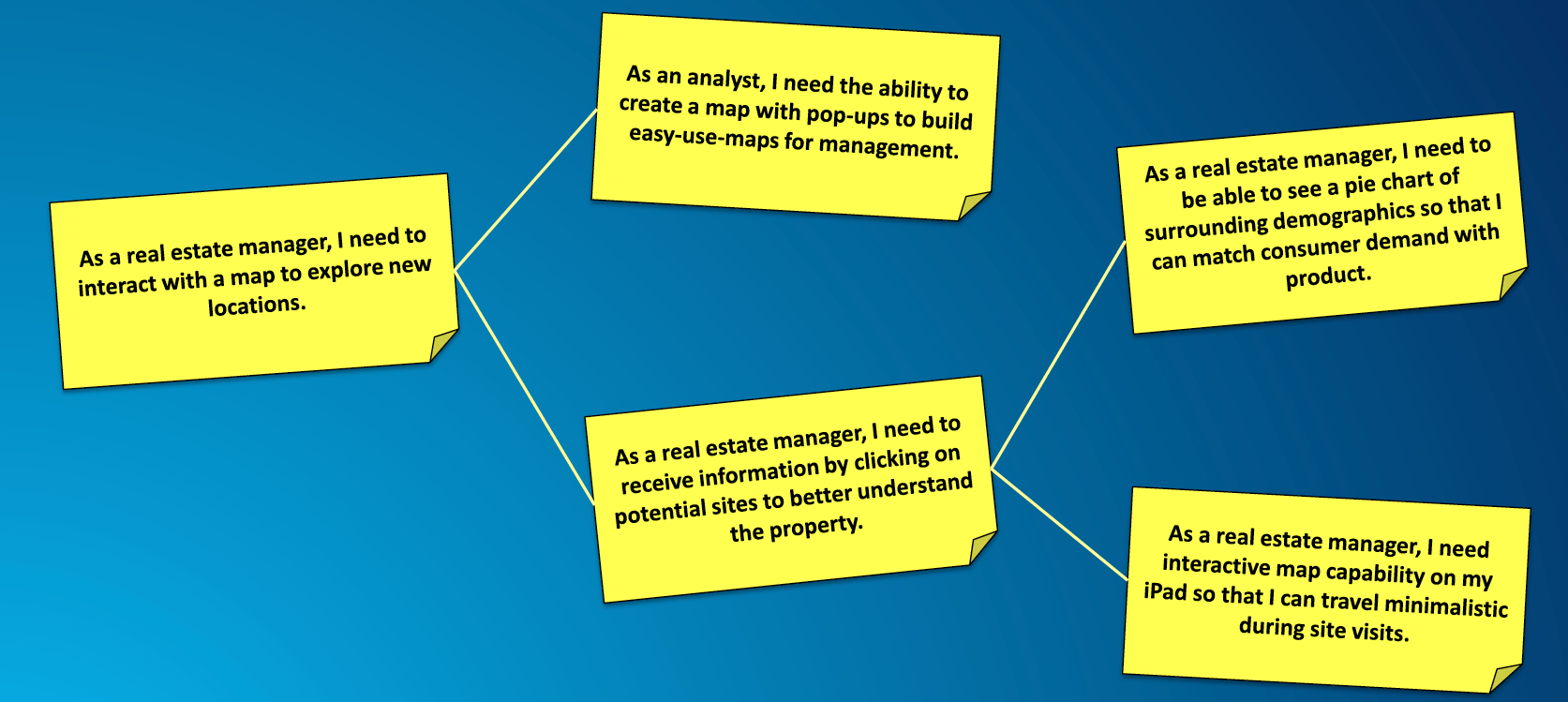
An example of user stories exercise card
See more case study projects

Our Voices: using innovative techniques to collect, analyse and amplify the lived experiences of young people in Aotearoa

Painting the brain: multiplexed tissue labelling of human brain tissue to facilitate discoveries in neuroanatomy

Detecting anomalous matches in professional sports: a novel approach using advanced anomaly detection techniques

Benefits of linking routine medical records to the GUiNZ longitudinal birth cohort: Childhood injury predictors
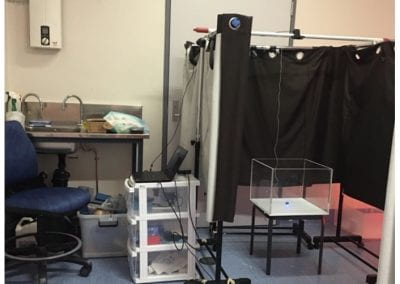
Using a virtual machine-based machine learning algorithm to obtain comprehensive behavioural information in an in vivo Alzheimer’s disease model
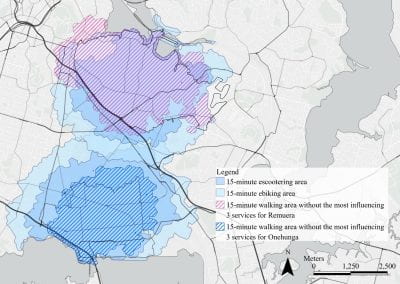
Mapping livability: the “15-minute city” concept for car-dependent districts in Auckland, New Zealand

Travelling Heads – Measuring Reproducibility and Repeatability of Magnetic Resonance Imaging in Dementia
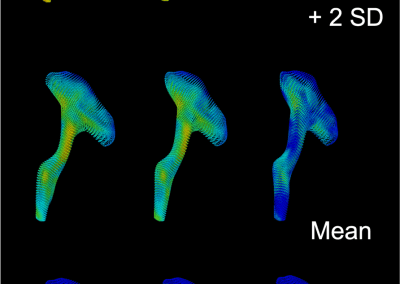
Novel Subject-Specific Method of Visualising Group Differences from Multiple DTI Metrics without Averaging

Re-assess urban spaces under COVID-19 impact: sensing Auckland social ‘hotspots’ with mobile location data

Aotearoa New Zealand’s changing coastline – Resilience to Nature’s Challenges (National Science Challenge)
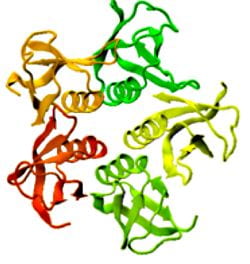
Proteins under a computational microscope: designing in-silico strategies to understand and develop molecular functionalities in Life Sciences and Engineering
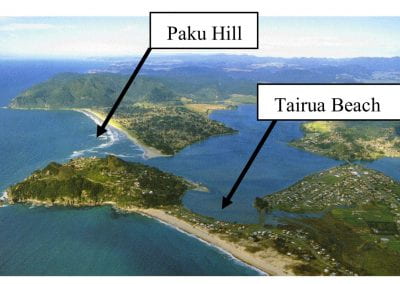
Coastal image classification and nalysis based on convolutional neural betworks and pattern recognition
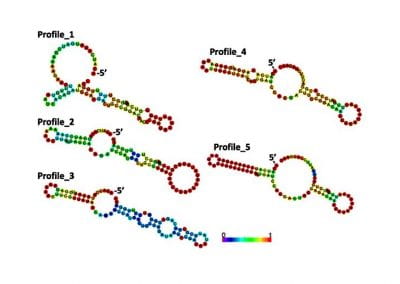
Determinants of translation efficiency in the evolutionarily-divergent protist Trichomonas vaginalis
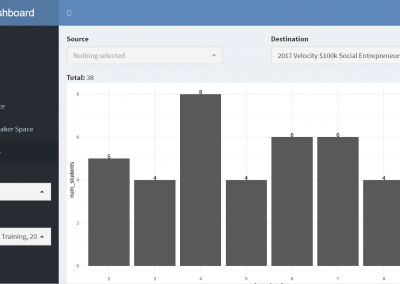
Measuring impact of entrepreneurship activities on students’ mindset, capabilities and entrepreneurial intentions

Using Zebra Finch data and deep learning classification to identify individual bird calls from audio recordings
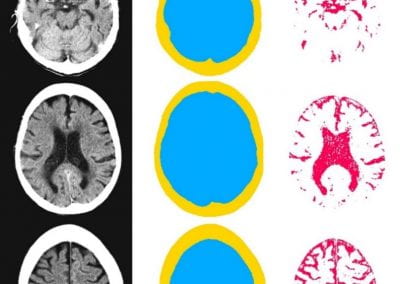
Automated measurement of intracranial cerebrospinal fluid volume and outcome after endovascular thrombectomy for ischemic stroke

Using simple models to explore complex dynamics: A case study of macomona liliana (wedge-shell) and nutrient variations
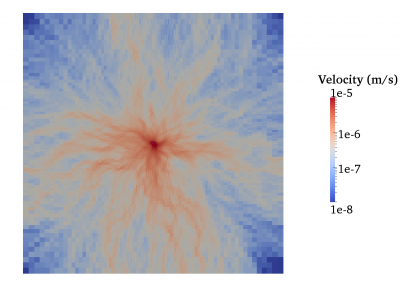
Fully coupled thermo-hydro-mechanical modelling of permeability enhancement by the finite element method

Modelling dual reflux pressure swing adsorption (DR-PSA) units for gas separation in natural gas processing
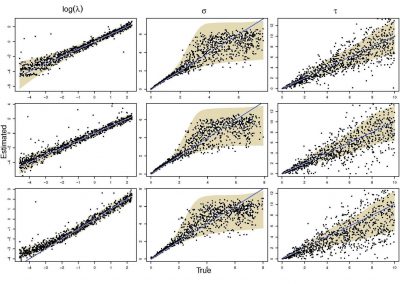
Molecular phylogenetics uses genetic data to reconstruct the evolutionary history of individuals, populations or species
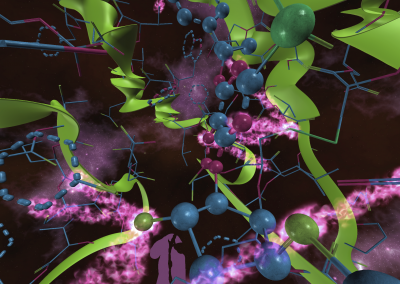
Wandering around the molecular landscape: embracing virtual reality as a research showcasing outreach and teaching tool



















